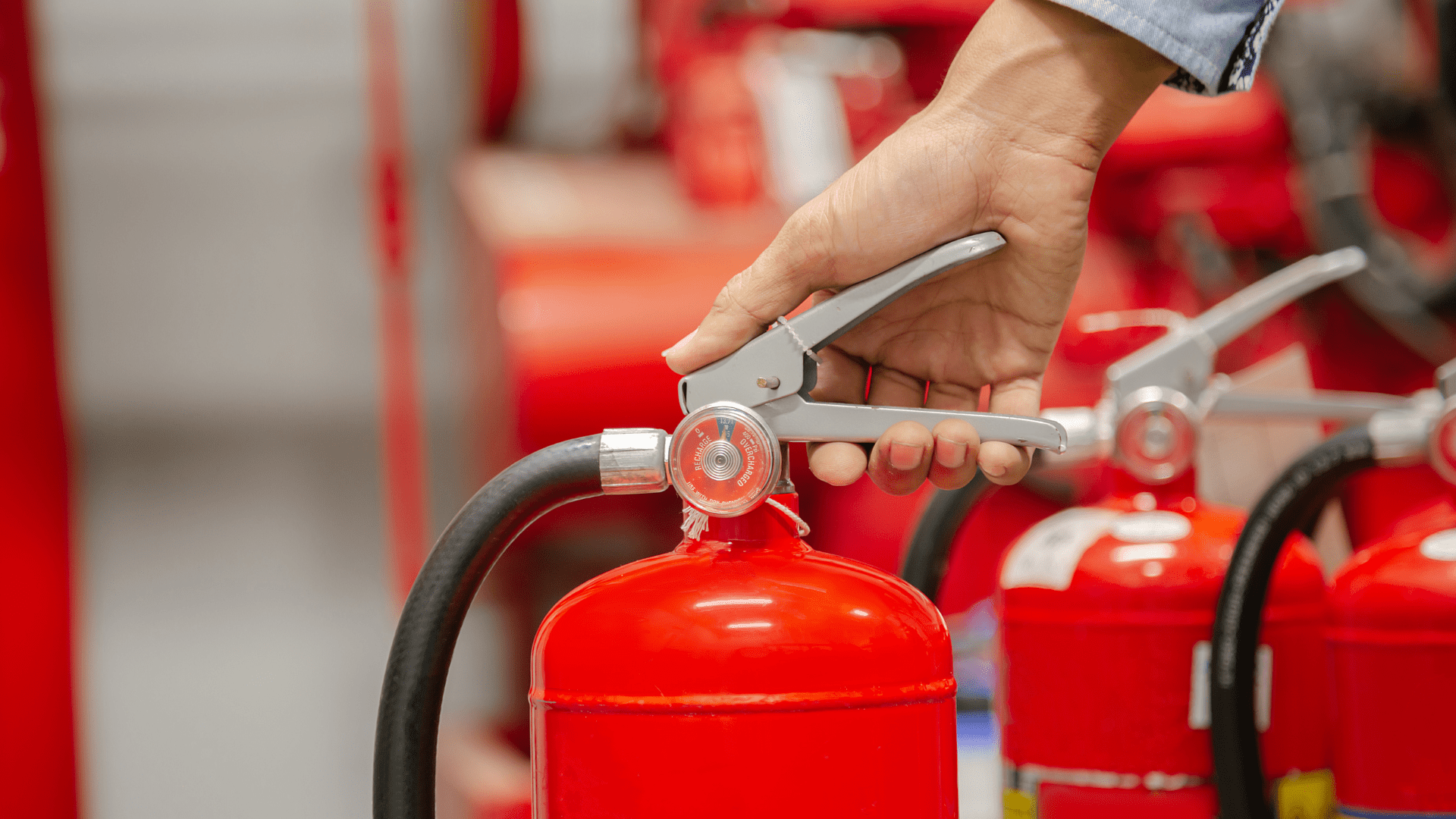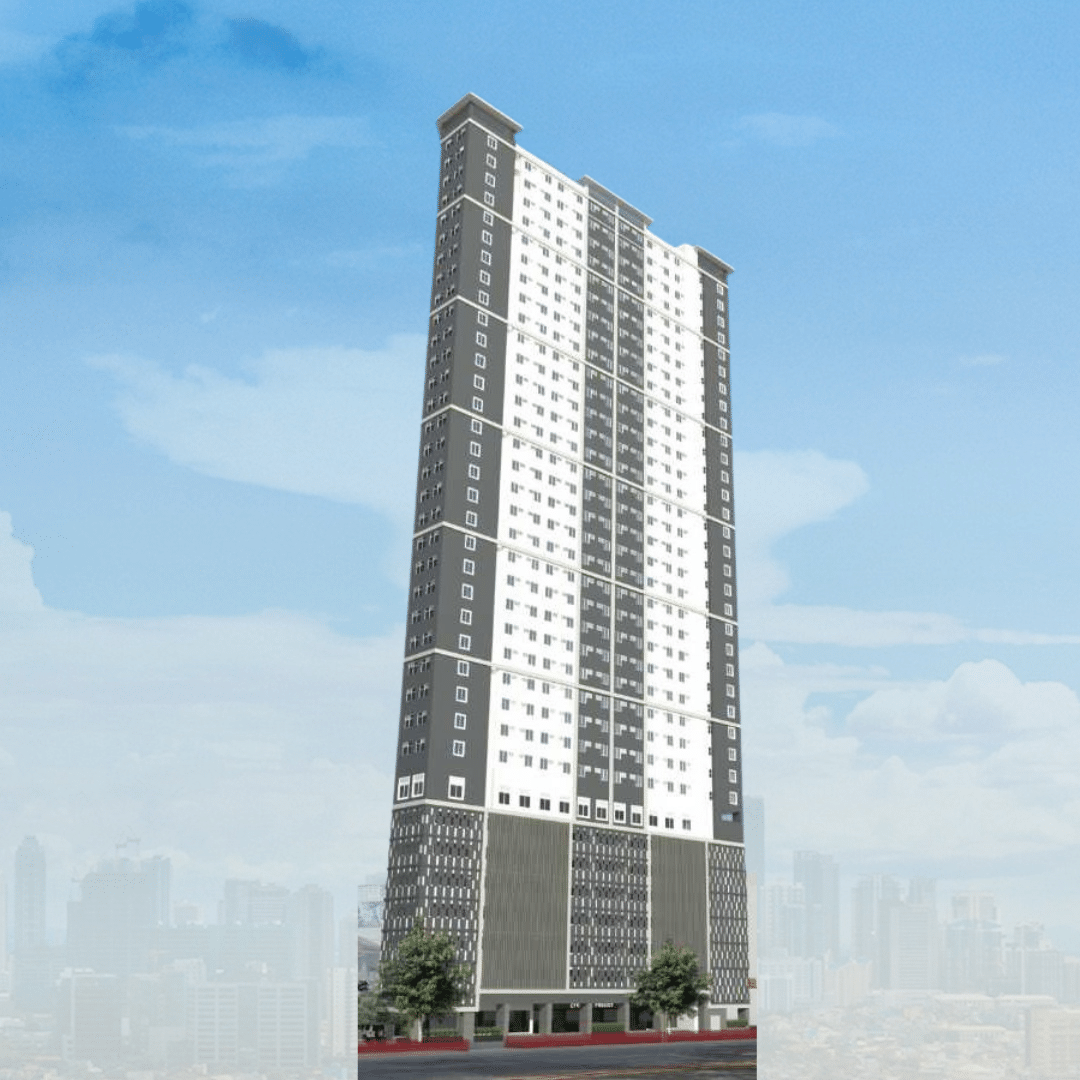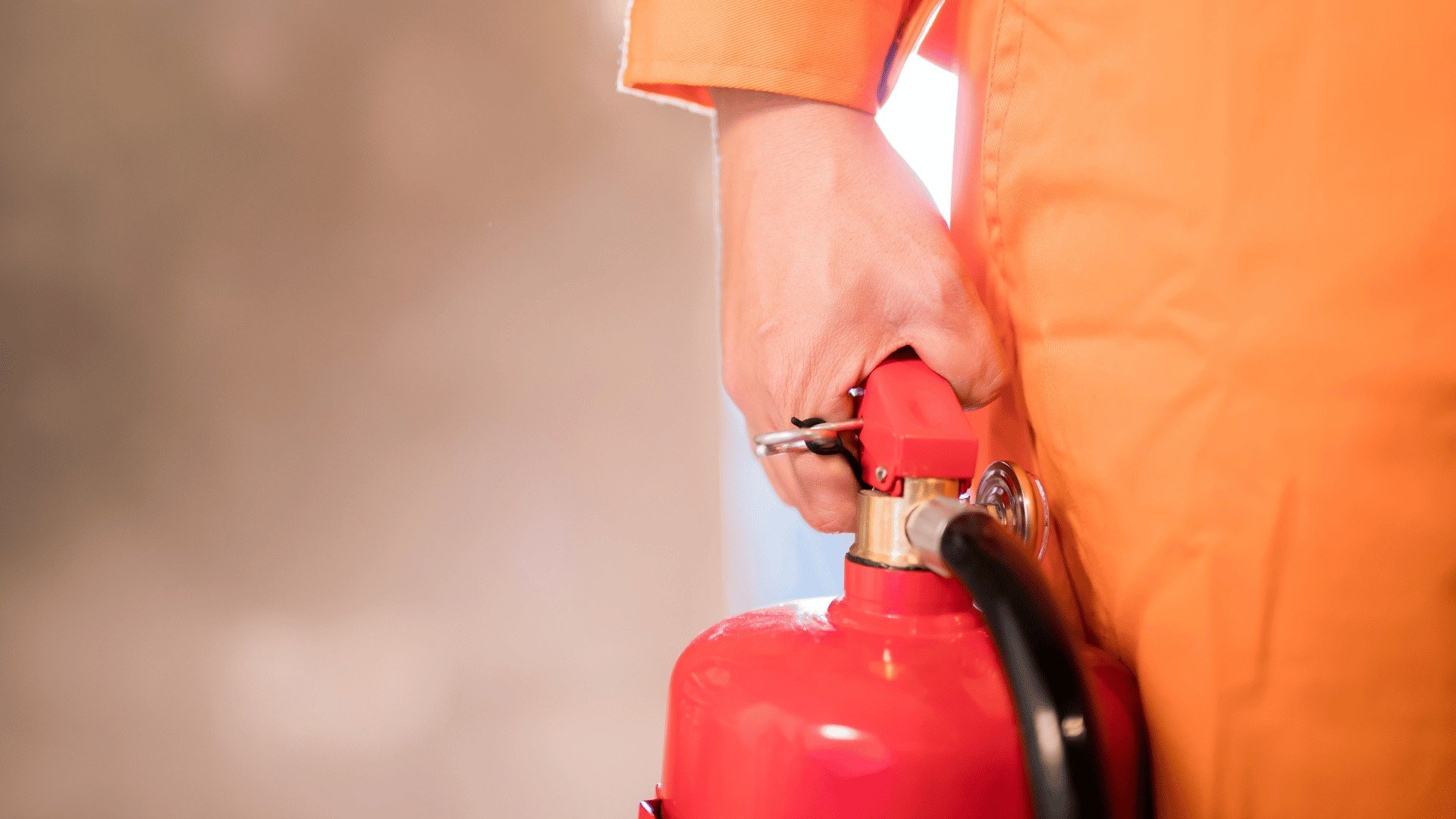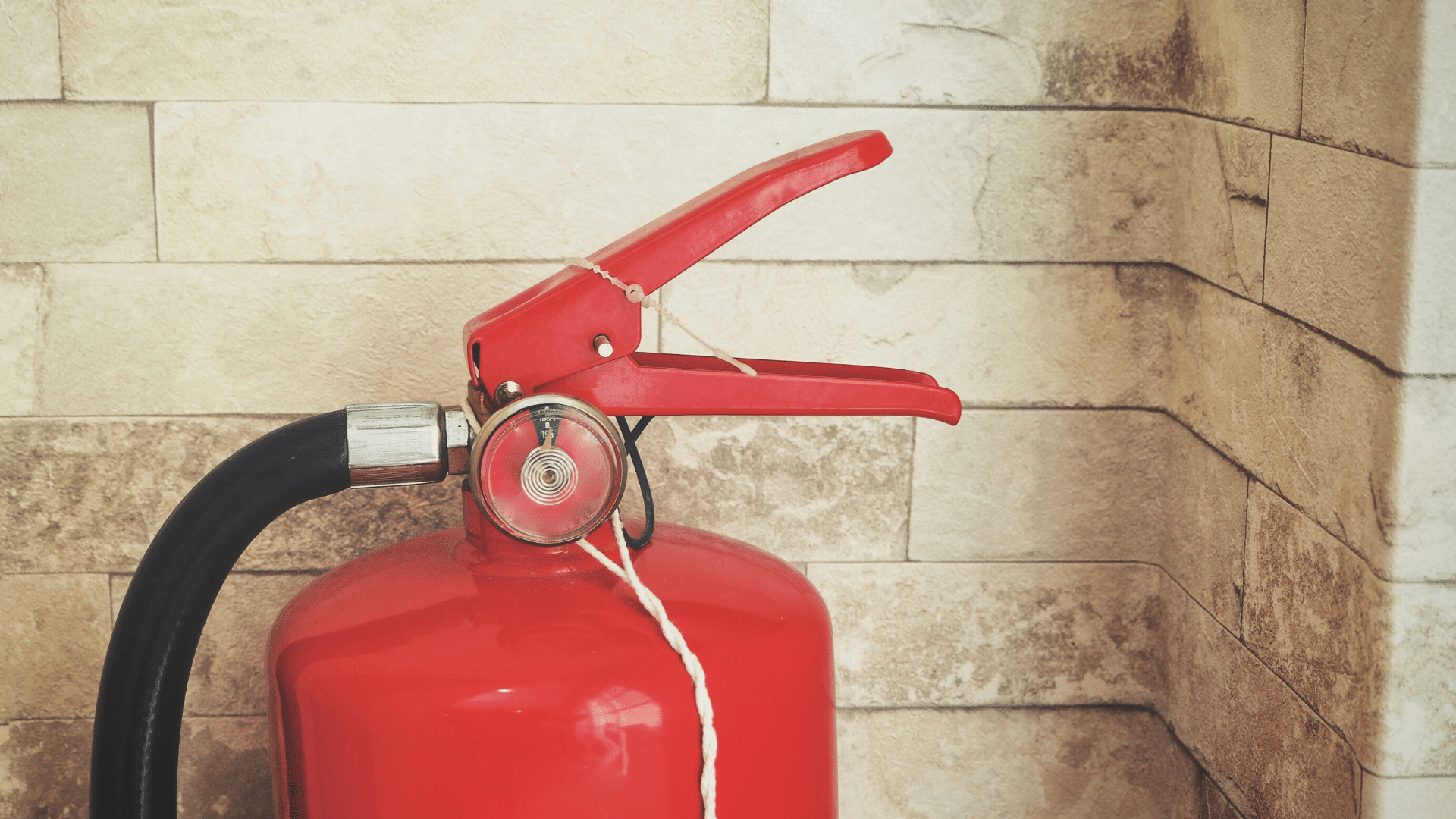Nothing screams summer like hot temperatures, cookouts, camping, and fireworks. Get-togethers and pool parties would not exist without these items. Summertime offers enjoyable activities, but we also need to be mindful of the heightened fire risk that comes with it. Knowing what causes summer fires helps us prepare for the possibility that one will occur as well as prevent one from happening.
In a nation where catastrophic fires leave people in ruins, firefighting capabilities must keep up with advancements in technology and socioeconomic status. Enforcement of fire safety must be proactive and efficient.
Although they may occur suddenly, fires do not always start without warning. Fires can be entirely avoided most of the time.
Consequently, the fire service and fire prevention industries welcomed and anticipated the enactment of Republic Act No. 9514, which amended Presidential Decree No. 1185, popularly known as the Fire Code of the Philippines.
The Bureau of Fire Protection enforces the law to maintain public safety and economic development by preventing and suppressing all types of damaging fires. It is commonly referred to as the Fire Code of the Philippines, or the Implementing Rules and Regulations (IRR) of RA 9514.
What is fire prevention's objective?
When all three of these objectives are achieved, a fire prevention program is deemed effective:
Avoid losing people's lives
Defend assets against harm
Prevent operations-related downtimes.
What are the policies of RA 9514?
In light of recent developments in fire technology, the government will develop and implement rules and regulations in collaboration with the private sector. These regulations ought to be suitable for Filipino circumstances as well.
Fire safety and prevention need to be given just as much attention as fighting or putting out fires. Regular fire safety education programs that involve all facets of the community are also necessary.
All fires should be extinguished by the Integrated National Police Fire Service prior to them reaching the critical and catastrophic stages. To take the required precautions against fire, the Fire Service's administration, operation, and organization must be improved. Additionally, equipment will be added to the said organization's staff to enable them to respond to fire emergencies with effectiveness. In order for fire stations to quickly identify nearby fire incidents, fire station units should also have efficient fire alarm systems.
According to Section 4 of this Code, all people, public and private buildings, facilities, or structures are subject to the Fire Code's requirements. Both properties built before and after the Philippines' Fire Code went into effect are covered by the efficacy. Professionalization of the Fire Department is necessary. To spread knowledge about fire prevention and safety measures, educational institutions must incorporate courses in fire technology and fire protection engineering into their curricula.
Protective and warning systems, safety precautions, fire safety construction, and inspections
Owners, administrators, tenants, and all other responsible parties are required by Section 8 to make sure that their properties adhere to the following:
1. Inspection Required
In order for local government units and other relevant government agencies to grant permits and/or licenses, the Director General or his legally authorized agent is required to perform a fire safety inspection. The use or occupation of buildings or structures must also be inspected. Any building or structure's electrical system, as well as fire safety and protection equipment, are inspected.
Additionally, the BFP is entitled to inspect premises for the storage, handling, and/or use of explosives as well as for combustible, flammable, poisonous, and other hazardous materials.
2. Hazardous materials
Fire safety measures are required for the manufacturing, storing, handling, and/or usage of hazardous materials .
- Any cellulose nitrate plastic
- Flammable filaments
- Cellular materials like foam, rubber, sponge rubber, and plastic foam
- Flammable and combustible liquids and gases of any kind
- Paints, varnishes, stains, and organic coatings
- Combustible stock etc.
- Safety Measures for hazardous operation
Fire safety precautions must be used in the following risky operations and processes:
- Soldering or welding
- Commercial baking and drying
- Trash management
- Pressurized burning apparatus
- Any other activities stipulated in the Rules and Regulations in the future
Building or structure owners, occupants, or administrators (apart from those exempted) are required to create and implement fire safety programs as well as incorporate and supply fire safety warning, protective, and construction systems.
In most condominium buildings, safety measures are a-must. Suppose you are buying a condo for sale, it is important to make sure that the building and area that you will live in is safe.
Safety Tips for Fire Prevention Month
The Bureau of Fire Protection (BFP) reported 3,044 fires in the Philippines in the first two months of 2024, which is quite a rise from the less than 2,000 incidents during the same period the previous year. Given that March is Fire Prevention Month, now is the perfect time to consider ways to improve these figures.
1. Avoid electrical overloading
One of the most crucial fire safety warnings you shouldn't ignore is the fact that overloading your circuits poses a serious risk of fire.
To prevent your electrical outlets from overheating and catching fire, try not to plug in too many devices. To avoid electrical overloading at home, high energy-consuming appliances like air conditioners and refrigerators should have their own outlets. Whenever not in use, make it a habit to unplug your appliances and gadgets.
2. Always check your kitchen
If it's not kept up, the kitchen alone may present a fire risk. In the kitchen, be sure to heed these fire safety advice.
First, a gas stove should never be left unattended. Just turn off the stove until you can get back to it, even if you have to leave for a short while.
Avoiding leaning over open flames when wearing loose clothing is another important fire safety tip to prevent clothing from catching fire. Additionally, remove all combustible items from your cooking area, such as towels and potholders.
3. Turn off LPG tanks
Your gas tank can ignite with just one misplaced spark. Always close your liquefied petroleum gas (LPG) appliance after use to prevent a catastrophic mishap. It's one of the most crucial safety advices for preventing fires, so heed it.
Make sure to regularly inspect the LPG for damage or leaks to prevent health hazards in addition to fire.
4. Avoid smoking at home
The BFP reports that smoking is the primary cause of fire incidents, so if you're tempted to smoke indoors, resist the urge—unless your home has a designated smoking area intended to prevent fires. You should also avoid smoking in bed at all costs, stay as far away from bedding and mattresses as you can, and crush your cigarette stubs with an ashtray before disposing of them properly, preferably after giving them a good spray of water.
5. Get a fire extinguisher
While putting in a fire extinguisher at home or at work won't put out a fire directly, it will help keep it from spreading. This is one of the most important fire protection equipment that you can put at home.
It's not always a good idea to put out a fire with only water. Liquid extinguishment will only result in more damage from electrically started fires. Look for fire extinguishers bearing the Import Commodity Clearance (ICC) and Philippine Standard (PS) License marks when you are out shopping. This indicates that the product has been approved as safe and of a respectable caliber.
The best fire safety precaution is prevention. You can help make your environment safe from hazards by implementing these fire prevention tips at home and at work.





